Looking back: two new shows reveal different sides of Takashi Murakami
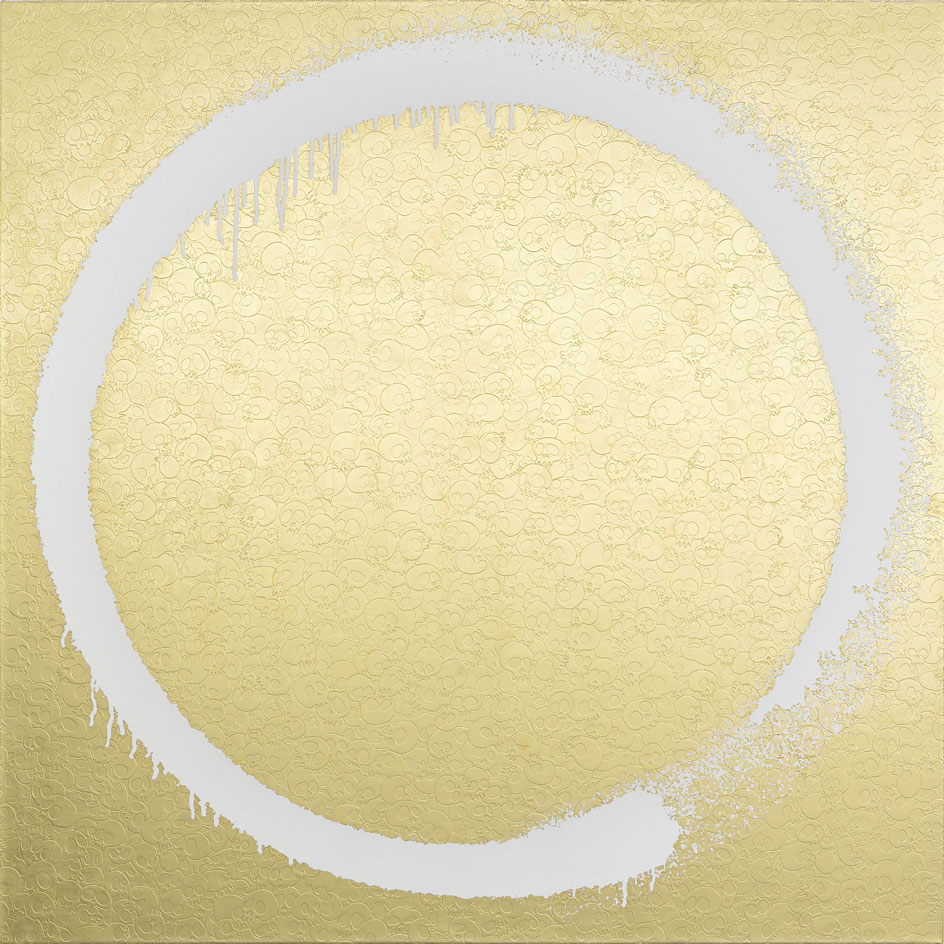
Two concurrent exhibitions of Takashi Murakami's works – a major solo exhibition at the Mori Art Museum and a 'pop-up' of 15 new paintings from his 'Ensō' series at his own Tokyo gallery – offer an intriguing perspective on the contemporary artist's renewed focus on traditional Japanese art.
Although widely exhibited outside of his home country, the Mori Art Museum's exhibition of 50 works including paintings, sculptures and videos is the first significant show of his work in Japan since 2001.
The undisputed highlight is an extraordinarily detailed and colourful 100-metre-long painting that depicts the Buddha's disciples transformed into a mesmerising riot of bulging eyes and toothless grins amid a psychedelic landscape. Titled The 500 Arhats, it was inspired by a set of 100 hanging scrolls created by Kanō Kazunobu (1816–1863).
They are 'unadorned self-portraits of Murakami himself', observes the exhibition's curatorial advisor, art historian Tsuji Nobuo.
Also on show are Murakami's working instructions and sketches used by 200 students from Japanese art colleges who helped complete the work following the 2011 earthquake and tsunami in Japan. Murakami says the disaster had a 'profound influence' on the new direction of his work although his trademark controversial commentary on the complex political and social issues facing modern Japan remains a key theme. For instance, the enormous gold-leaf-clad sculpture The Birth Cry of a Universe represents contemporary society collapsing under the weight of the pursuit of development.
Meanwhile, at his own gallery, a decidedly more minimalist, contemplative series of paintings feature the Ensō or 'circle', a motif in Japanese Zen Buddhism symbolising emptiness, unity and infinity. Here, Murakami – who has a PhD in Nihongo painting – reinterprets the traditional fluid brush stroke, using spray paint over a background of smiling flowers and skulls. He says this new style emerged after he sprayed the word 'HOLLOW' as graffiti on a completed painting.
The artist may be engaged in complex spiritual themes but he has not lost his maverick sense of humour. When asked why his Ensō paintings are in contrasting combinations of black, white, gold and red, he joked, 'Because I thought someone might want to buy them in different colours.'
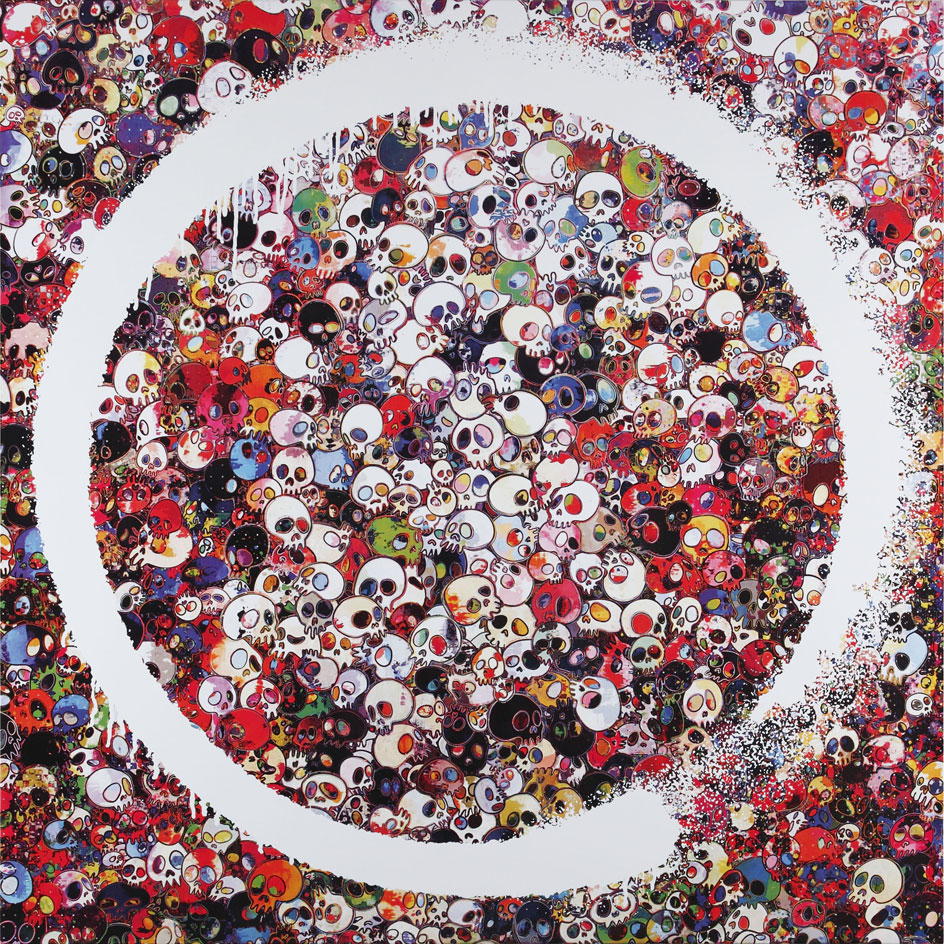
The former is a minimalist, contemplative series of paintings featuring the Ensō or 'circle', a motif in Japanese Zen Buddhism symbolising emptiness, unity and infinity. Pictured: Ensō: Blood and Bones, 2015.
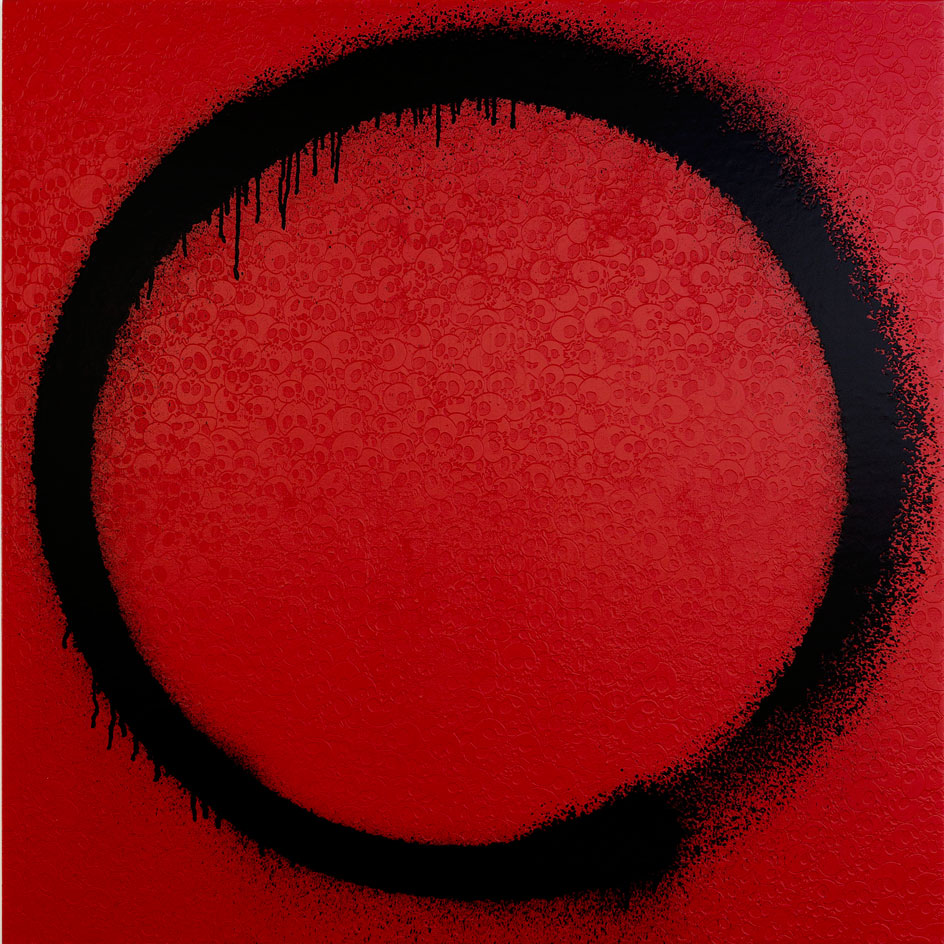
When asked why he chose to paint similar designs in red, black and gold, Murakami replied: 'Because I thought someone might want to buy them in different colours.' Pictured: Ensō: Awakened, 2015.
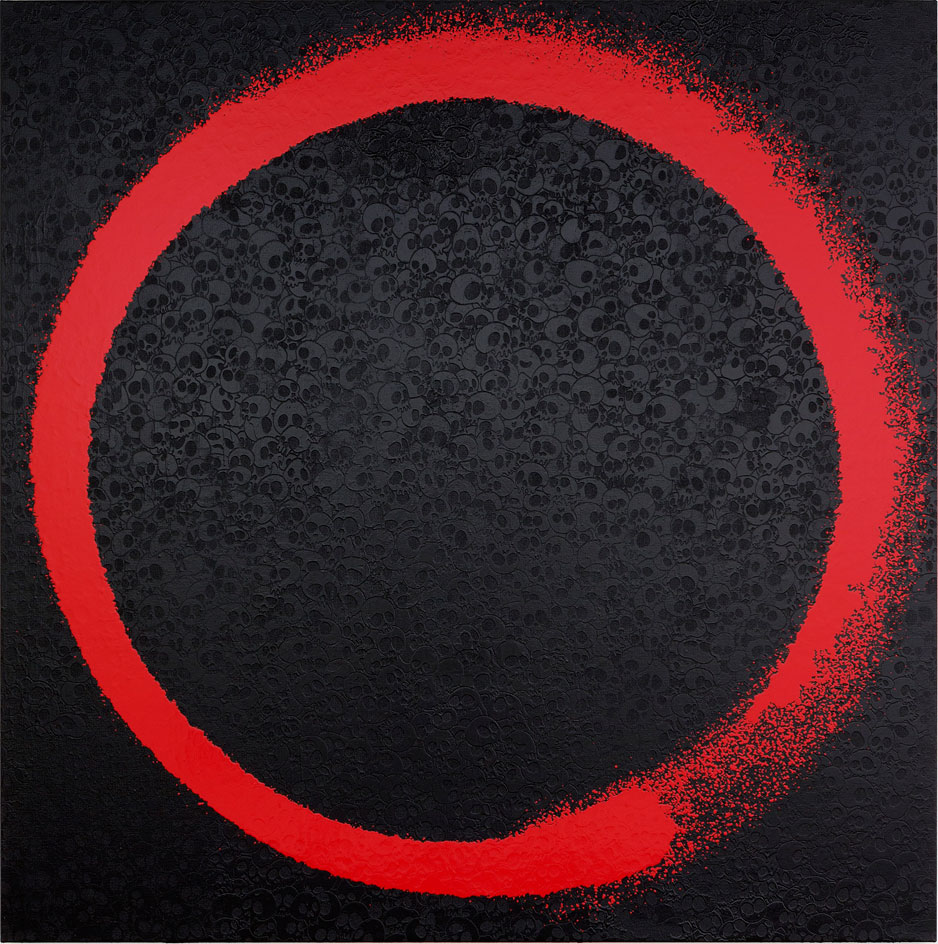
Murakami has a PHD in the art of traditional Nihongo painting. Pictured: Ensō: Eros, 2015.
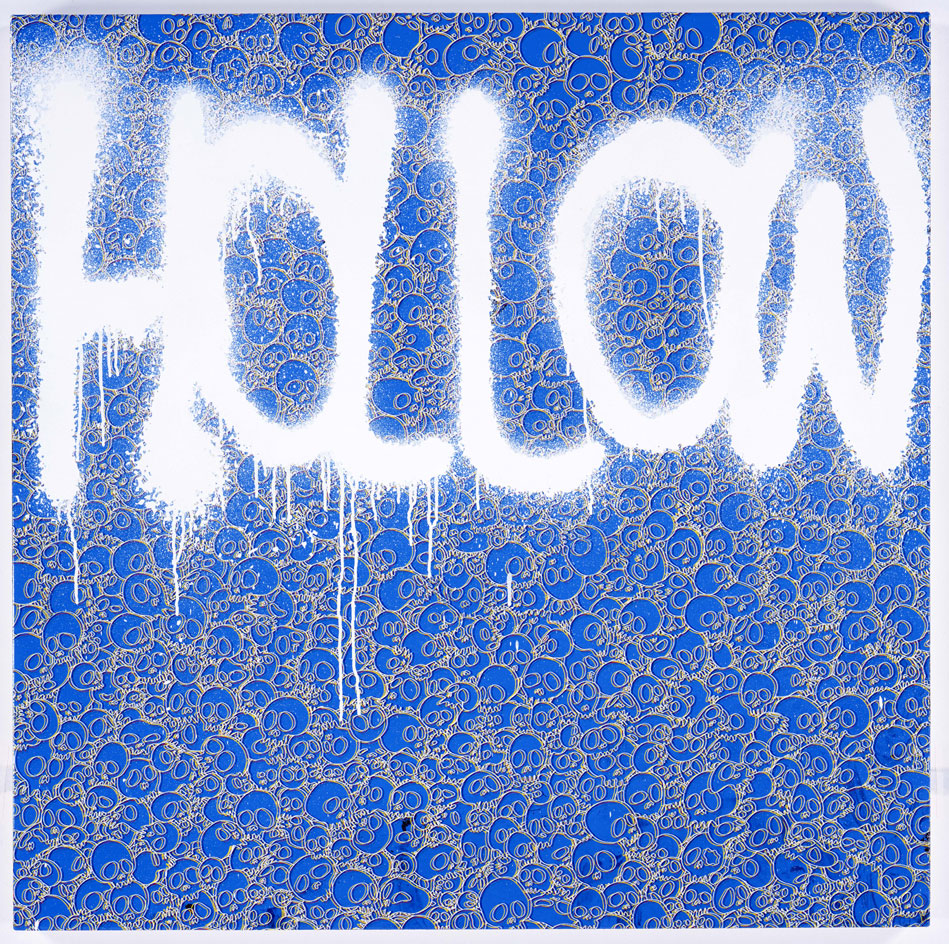
According to Galerie Perrotin which arranged the Kaikai Kiki exhibition, the Ensō paintings represent an epiphany for the artist, resulting from quiet and ongoing spiritual practice. Pictured: Hollow White, 2015.
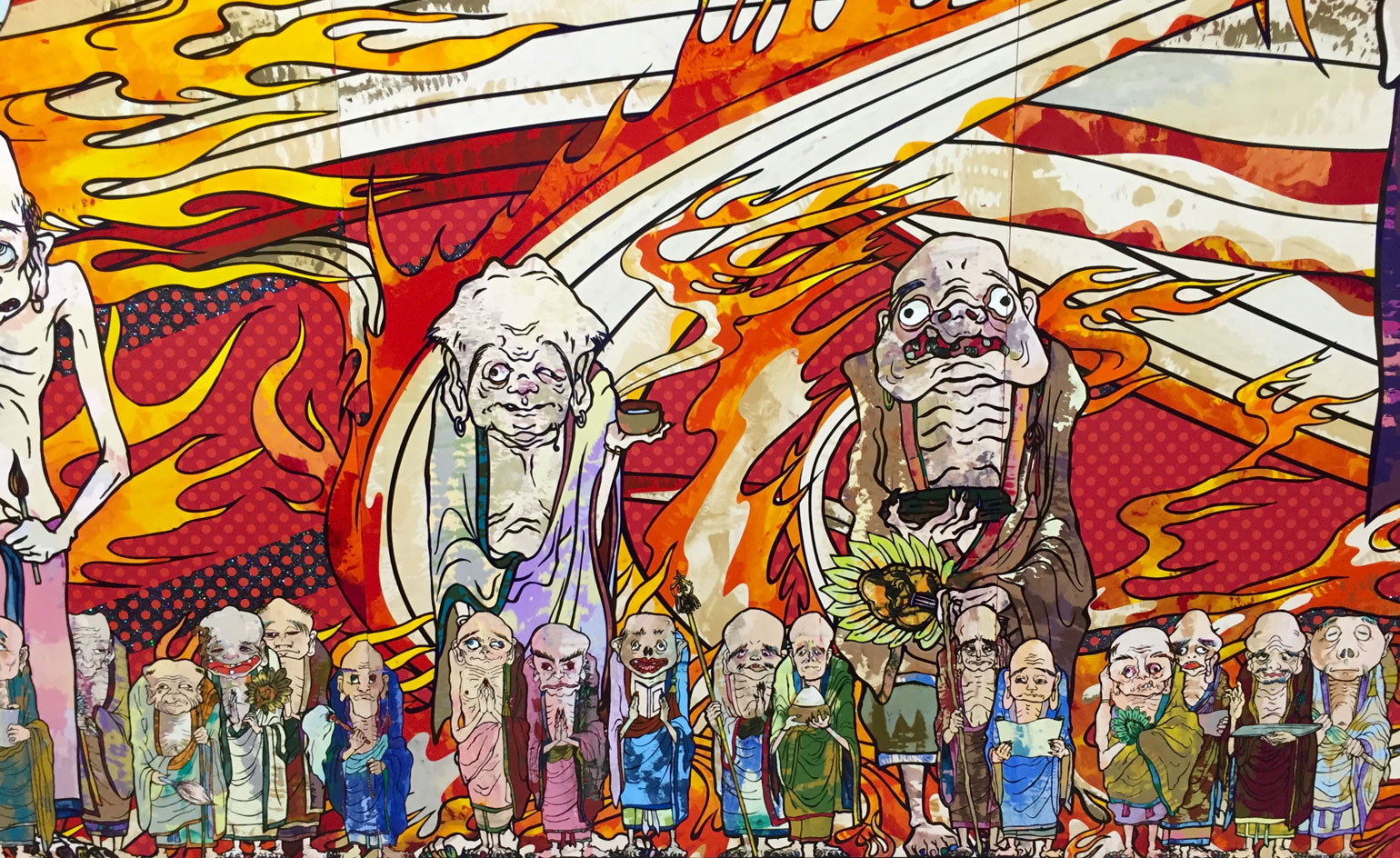
The Mori Art Museum's exhibition of 50 works, meanwhile, includes paintings, sculptures and videos, and is the first significant show of his work in Japan since 2001
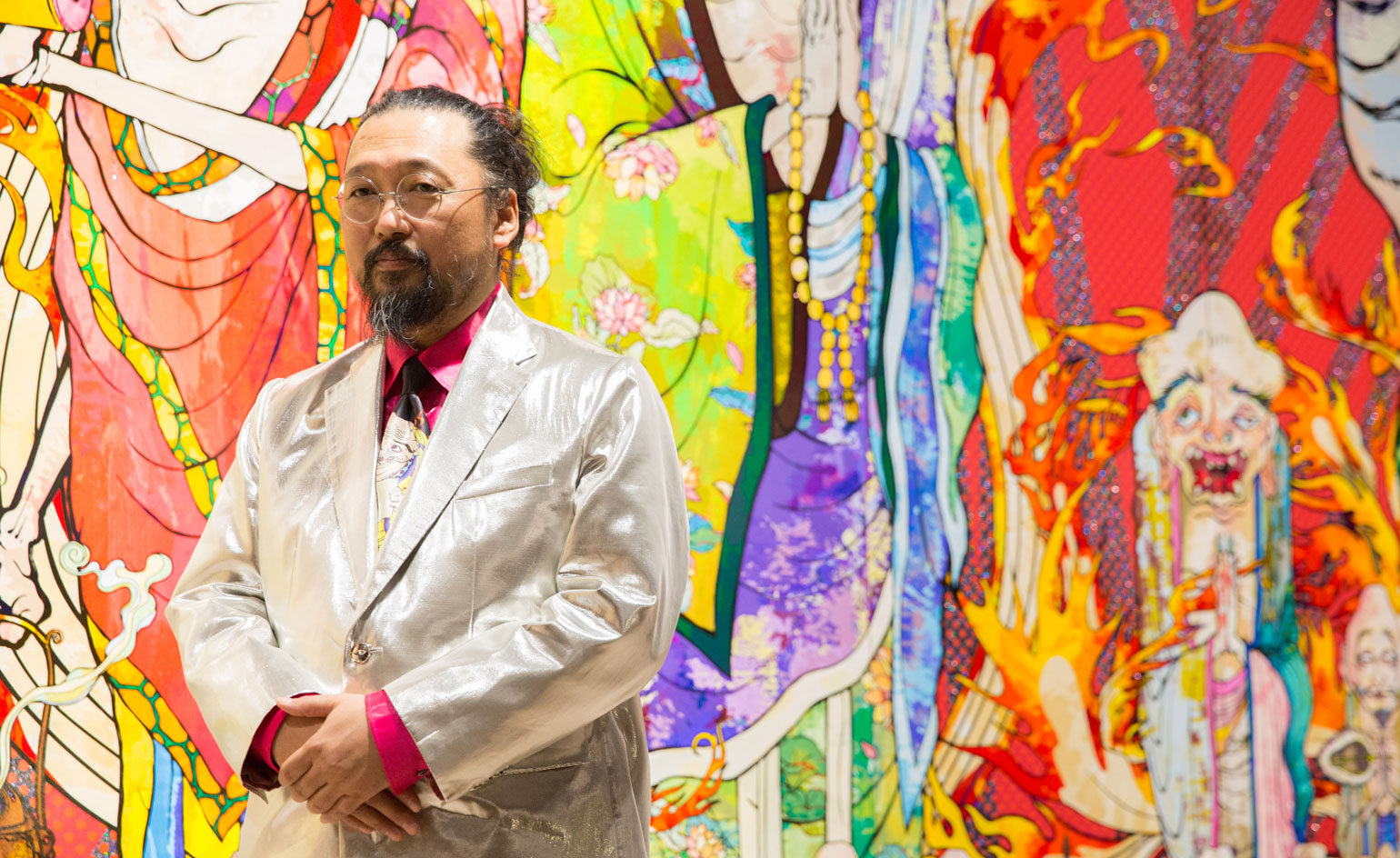
The undisputed highlight is The 500 Arhats – an extraordinarily detailed and colourful 100-metre-long painting that depicts the Buddha's disciples transformed into a mesmerising riot of bulging eyes and toothless grins amid a psychedelic landscape. Pictured: Murakami in front of The 500 Arhats
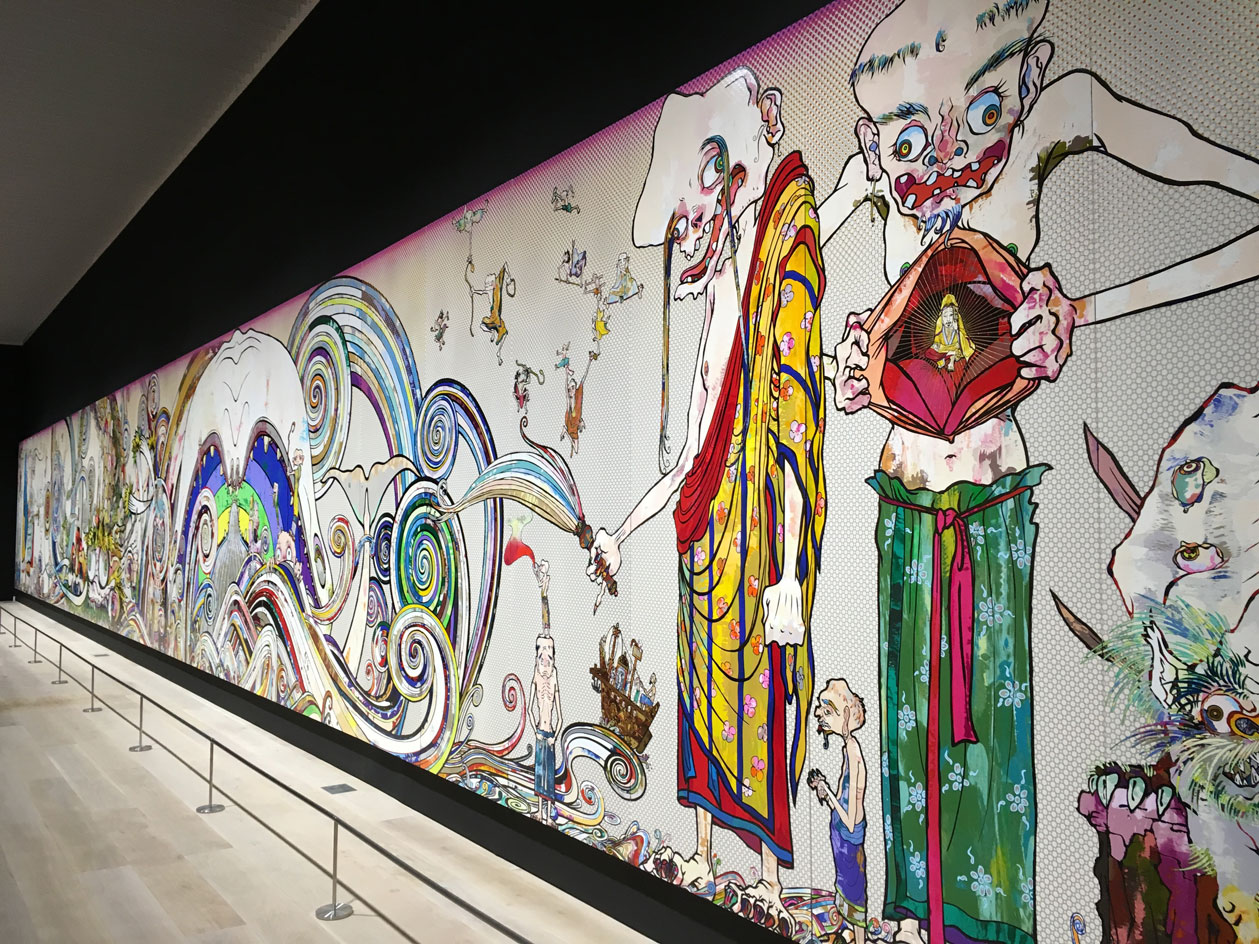
The work was inspired by a set of 100 hanging scrolls created by Kanō Kazunobu (1816–1863). Pictured: The 500 Arhats
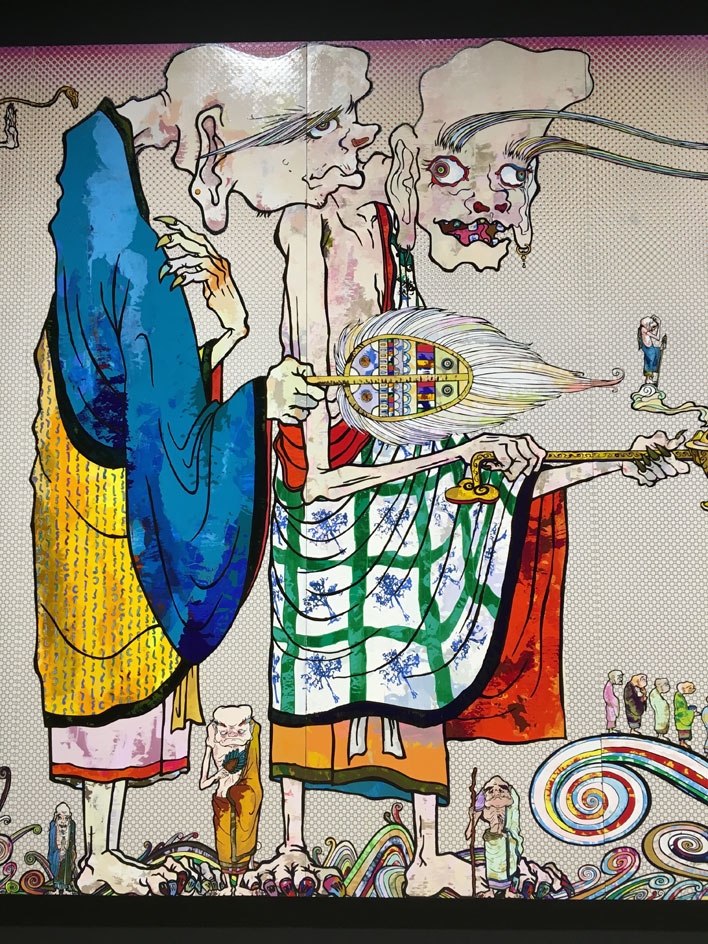
They are, observes the exhibition's curatorial advisor, art historian Tsuji Nobuo, 'unadorned self-portraits of Murakami himself'. Pictured: The 500 Arhats (detail)
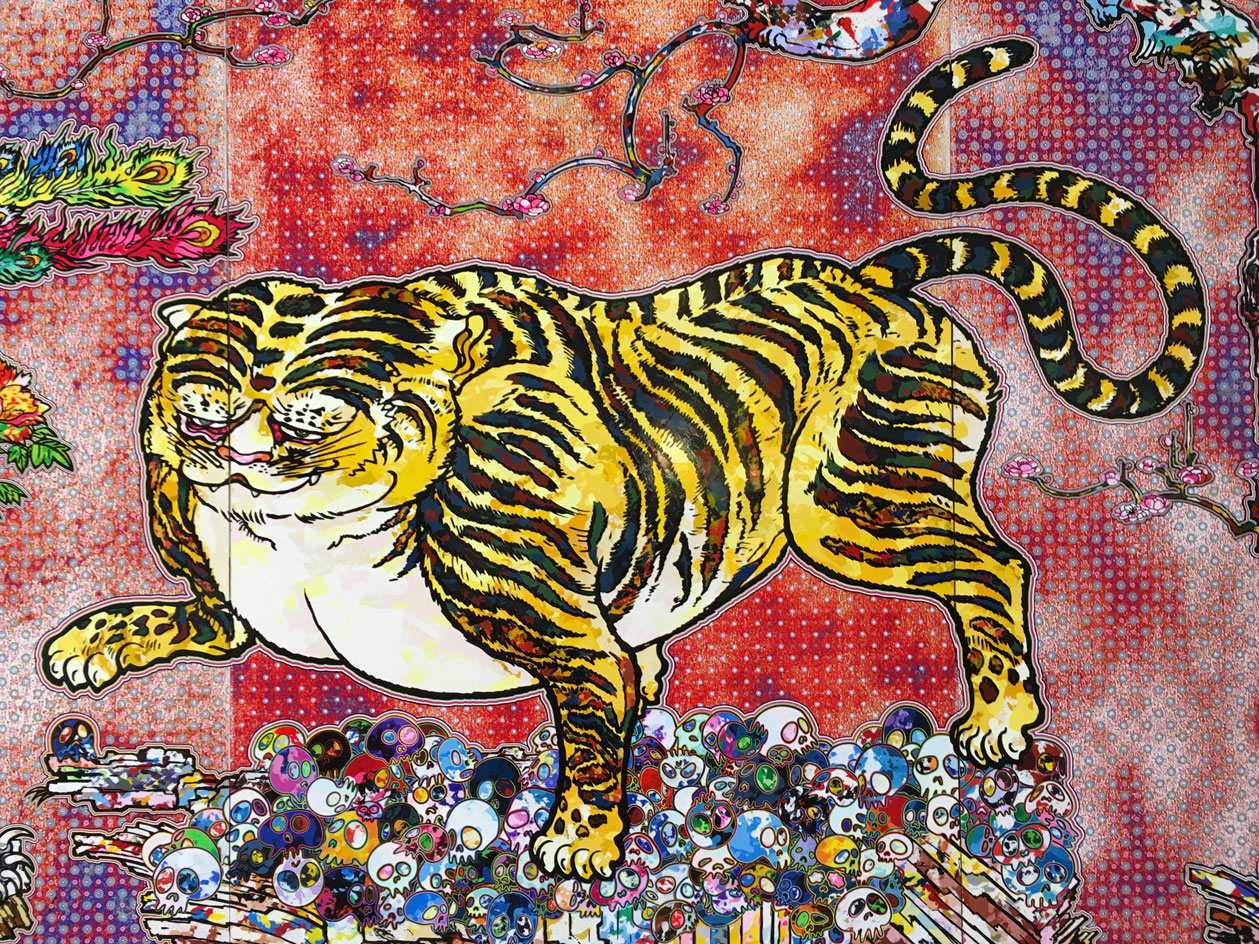
Murakami’s works have been inspired by manga and kawaii culture with his more recent works reflecting ‘monstrous and charming characters alike, as facetious descendants of past myths.’ To mark the exhibition, Galerie Perrotin launched a 128 monograph with a text by Mari Hashimoto and forewords by Takashi Murakami and Emmanuel Perrotin
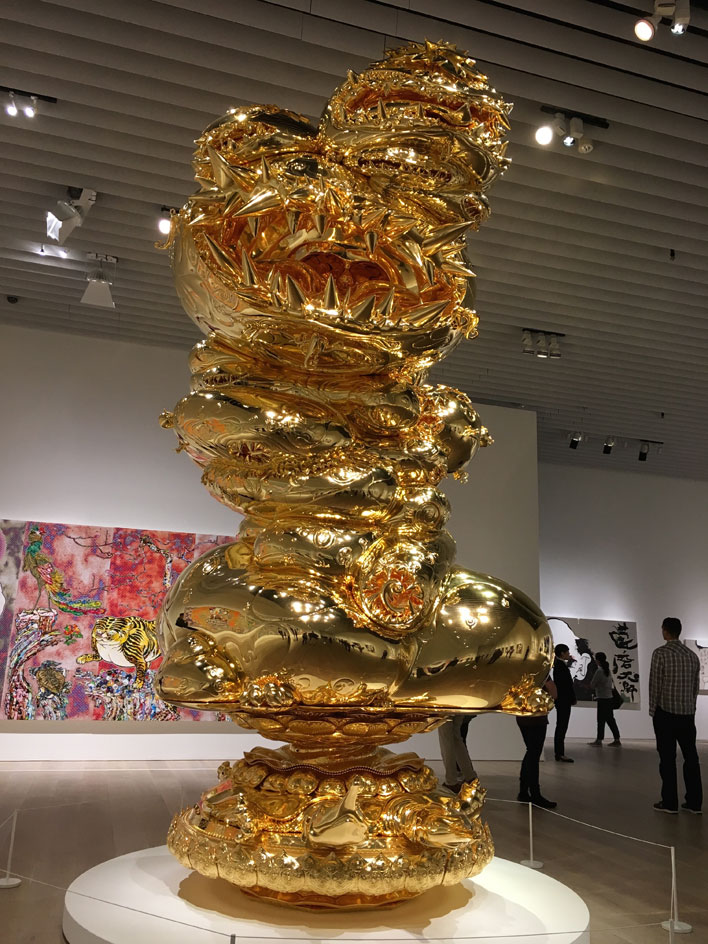
For instance, the enormous gold-leaf-clad sculpture The Birth Cry of a Universe represents contemporary society collapsing under the weight of the pursuit of development. Pictured: The Birth Cry of a Universe, 2014
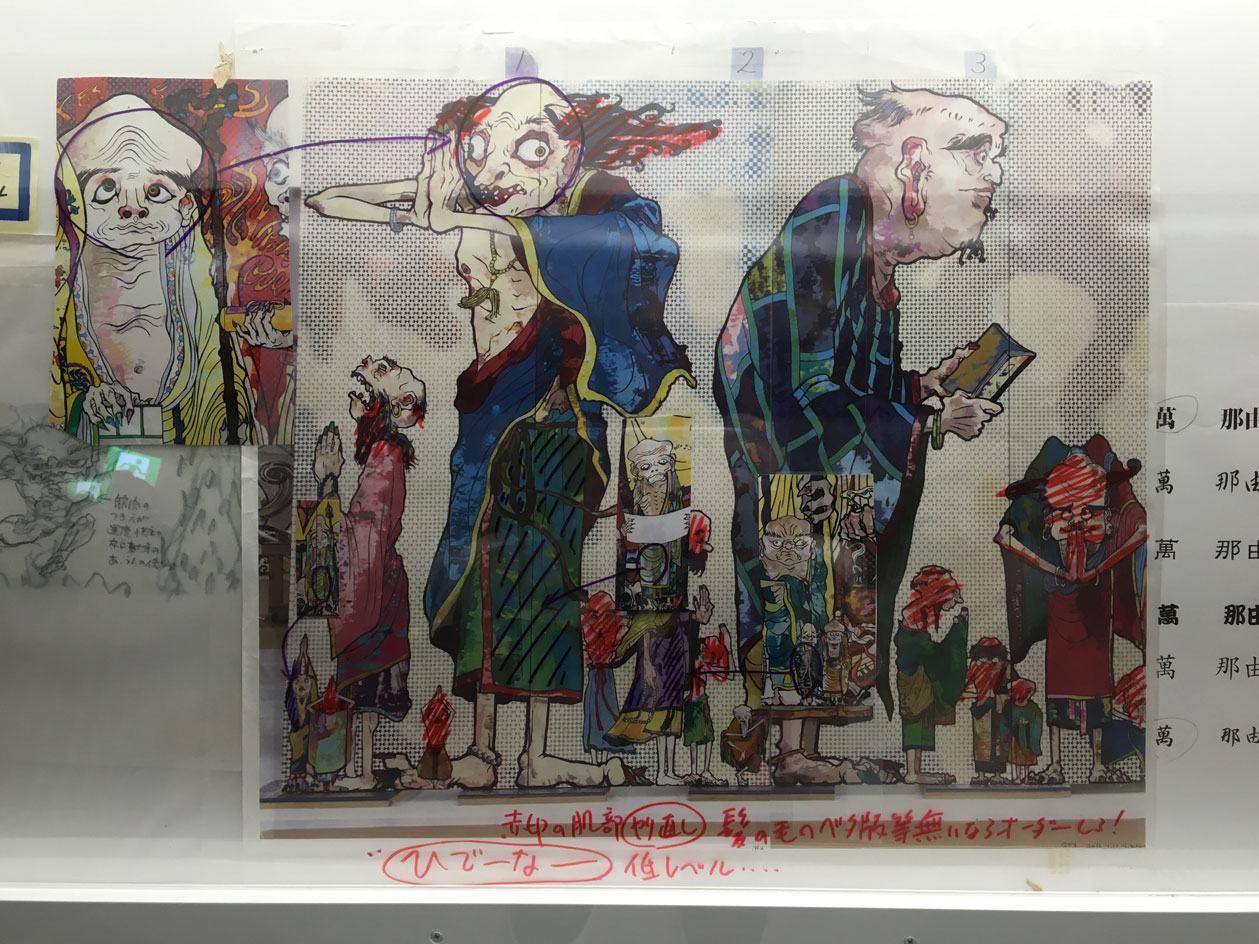
An annotated working sketch of The 500 Arhats
INFORMATION
'Ensō' is on view at Kaikai Kiki Gallery from 31 October – 21 November
The 500 Arhats is on view at the Mori Art Museum from 31 October, 2015 – 6 March, 2016
ADDRESS
Kaikai Kiki Gallery
B1 floor Motoazabu Crest Building
2-3-30 Motoazabu, Minato-ku, Tokyo
Mori Art Museum
53 floor Roppongi Hills Mori Tower
6-10-1 Roppongi, Minato-ku, Tokyo
Wallpaper* Newsletter
Receive our daily digest of inspiration, escapism and design stories from around the world direct to your inbox.
Catherine Shaw is a writer, editor and consultant specialising in architecture and design. She has written and contributed to over ten books, including award-winning monographs on art collector and designer Alan Chan, and on architect William Lim's Asian design philosophy. She has also authored books on architect André Fu, on Turkish interior designer Zeynep Fadıllıoğlu, and on Beijing-based OPEN Architecture's most significant cultural projects across China.
-
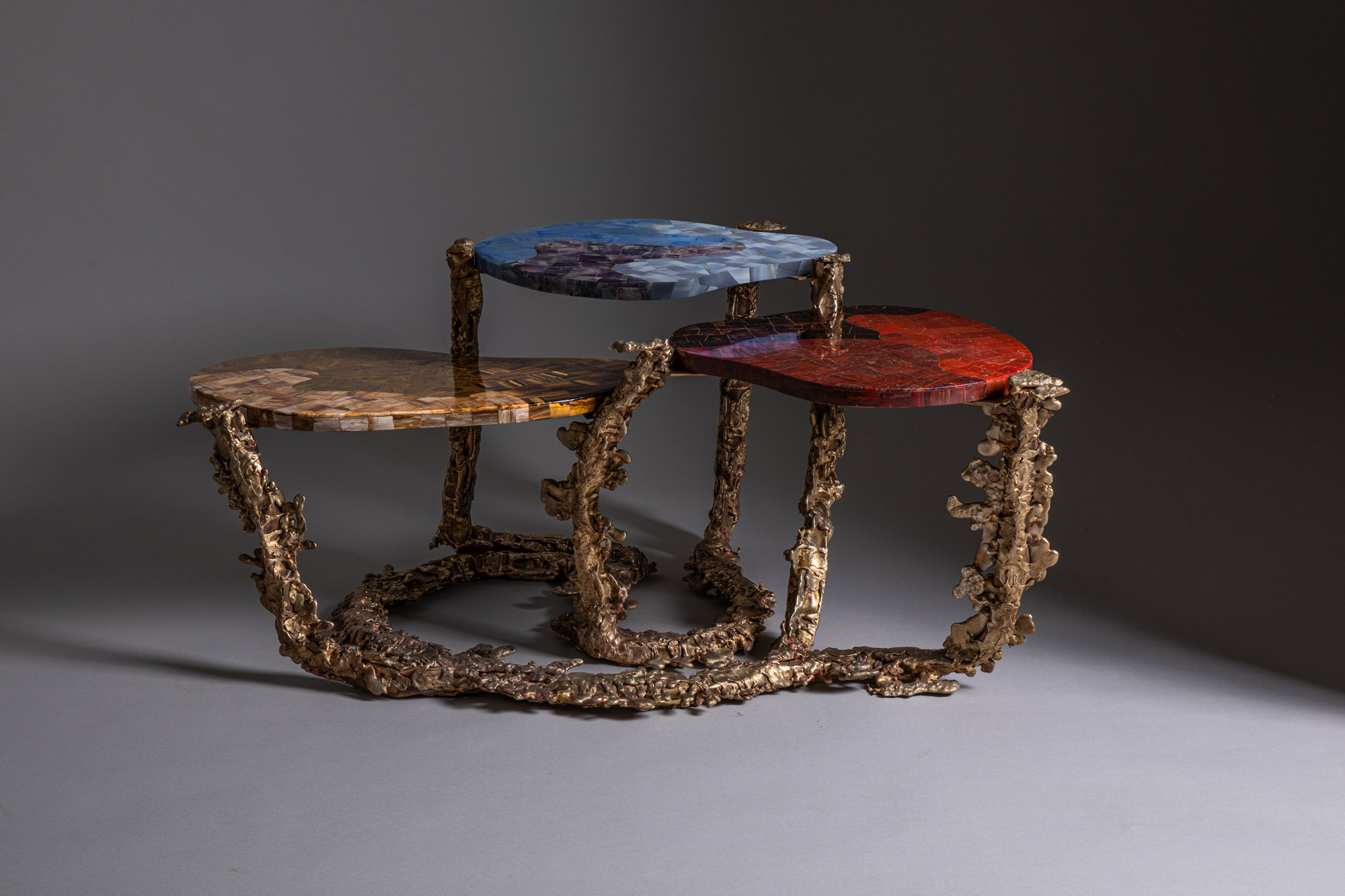 Inside the Shakti Design Residency, taking Indian craftsmanship to Alcova 2025
Inside the Shakti Design Residency, taking Indian craftsmanship to Alcova 2025The new initiative pairs emerging talents with some of India’s most prestigious ateliers, resulting in intricately crafted designs, as seen at Alcova 2025 in Milan
By Henrietta Thompson Published
-
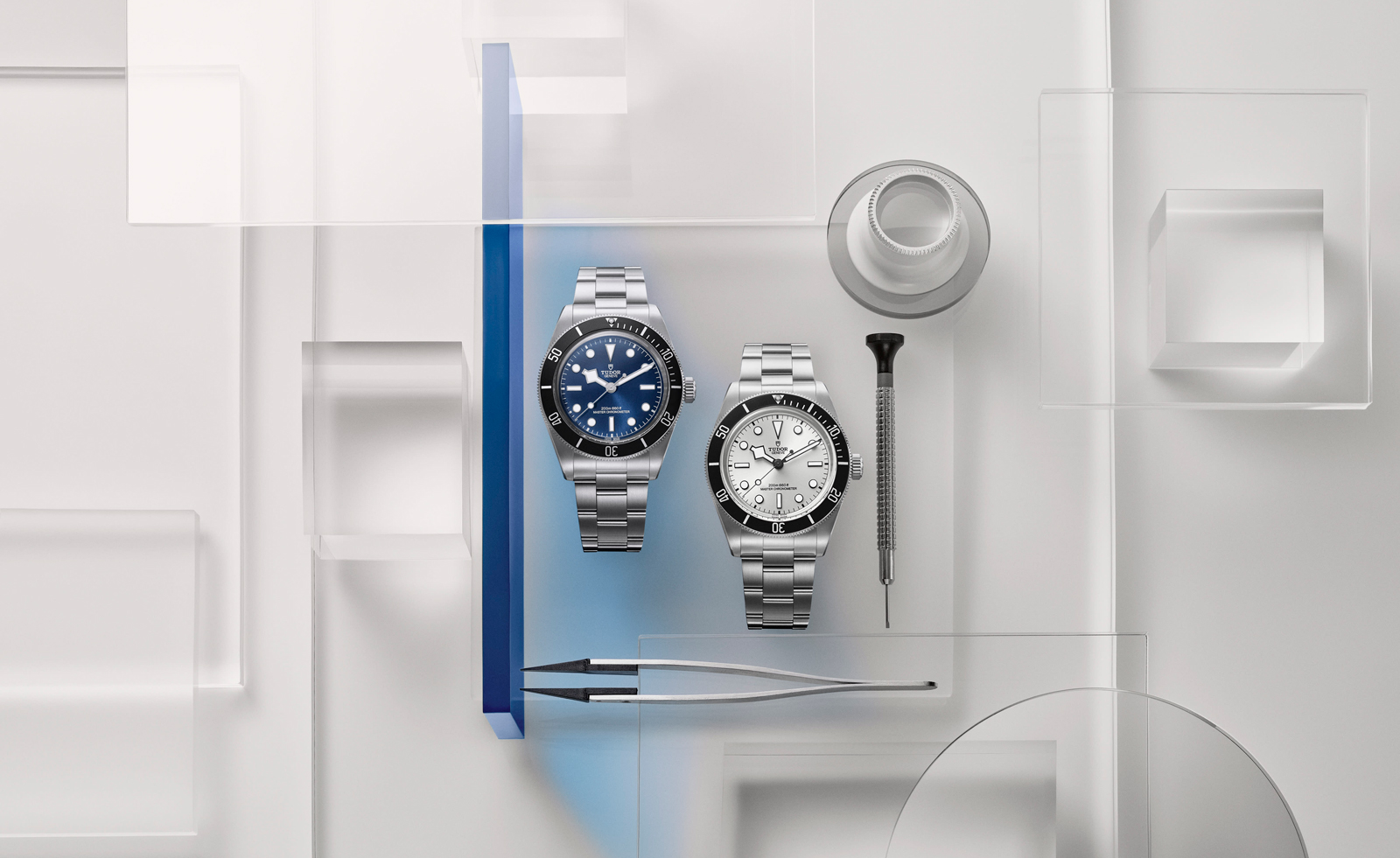 Tudor hones in on the details in 2025’s new watch releases
Tudor hones in on the details in 2025’s new watch releasesTudor rethinks classic watches with carefully considered detailing – shop this year’s new faces
By Thor Svaboe Published
-
 2025 Expo Osaka: Ireland is having a moment in Japan
2025 Expo Osaka: Ireland is having a moment in JapanAt 2025 Expo Osaka, a new sculpture for the Irish pavilion brings together two nations for a harmonious dialogue between place and time, material and form
By Danielle Demetriou Published
-
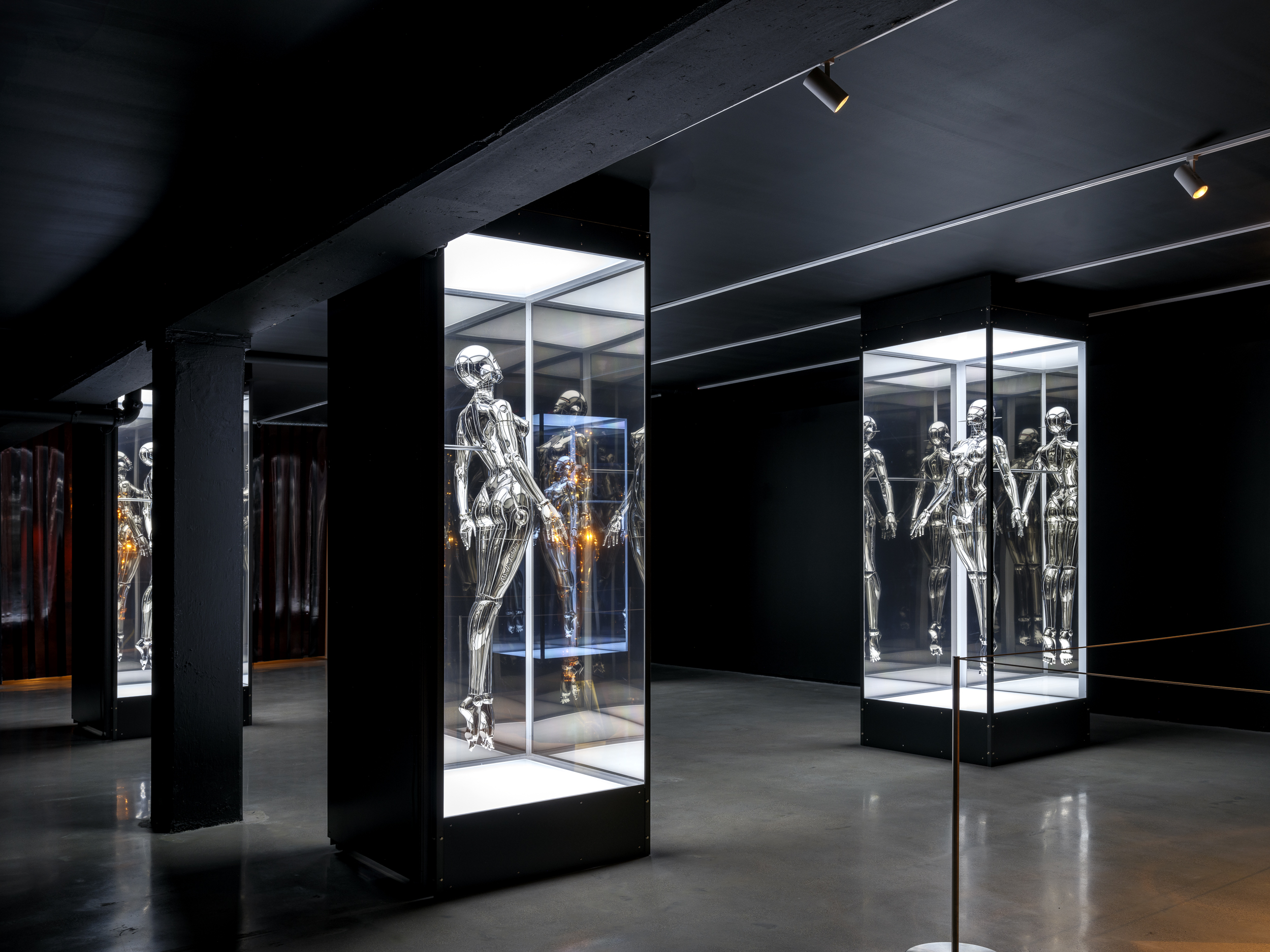 Miami’s new Museum of Sex is a beacon of open discourse
Miami’s new Museum of Sex is a beacon of open discourseThe Miami outpost of the cult New York destination opened last year, and continues its legacy of presenting and celebrating human sexuality
By Anna Solomon Published
-
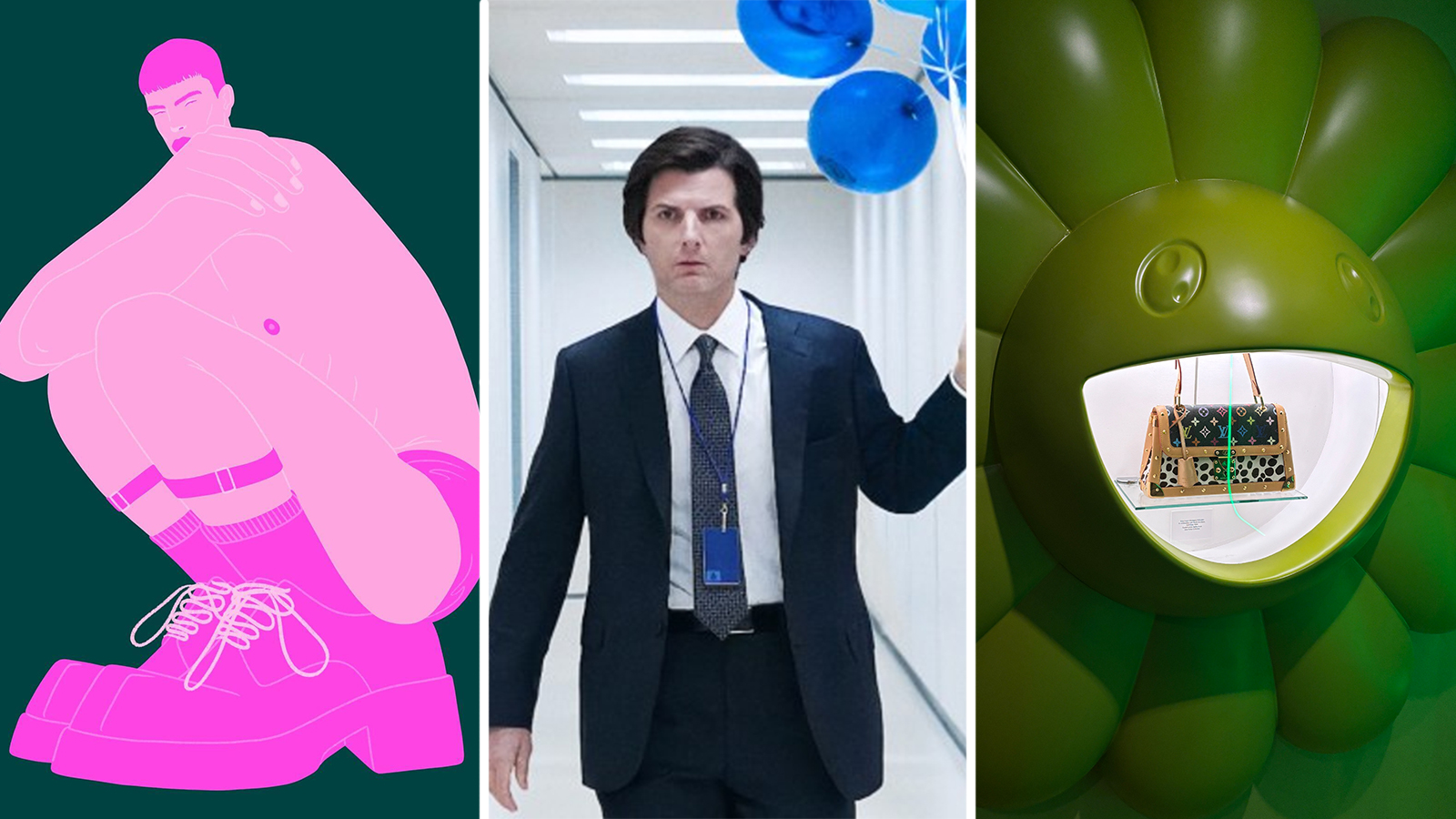 Out of office: what the Wallpaper* editors have been doing this week
Out of office: what the Wallpaper* editors have been doing this weekIt's been a busy start to the year for the Wallpaper* team. Heres their pick of the week across fashion, food and film
By Melina Keays Published
-
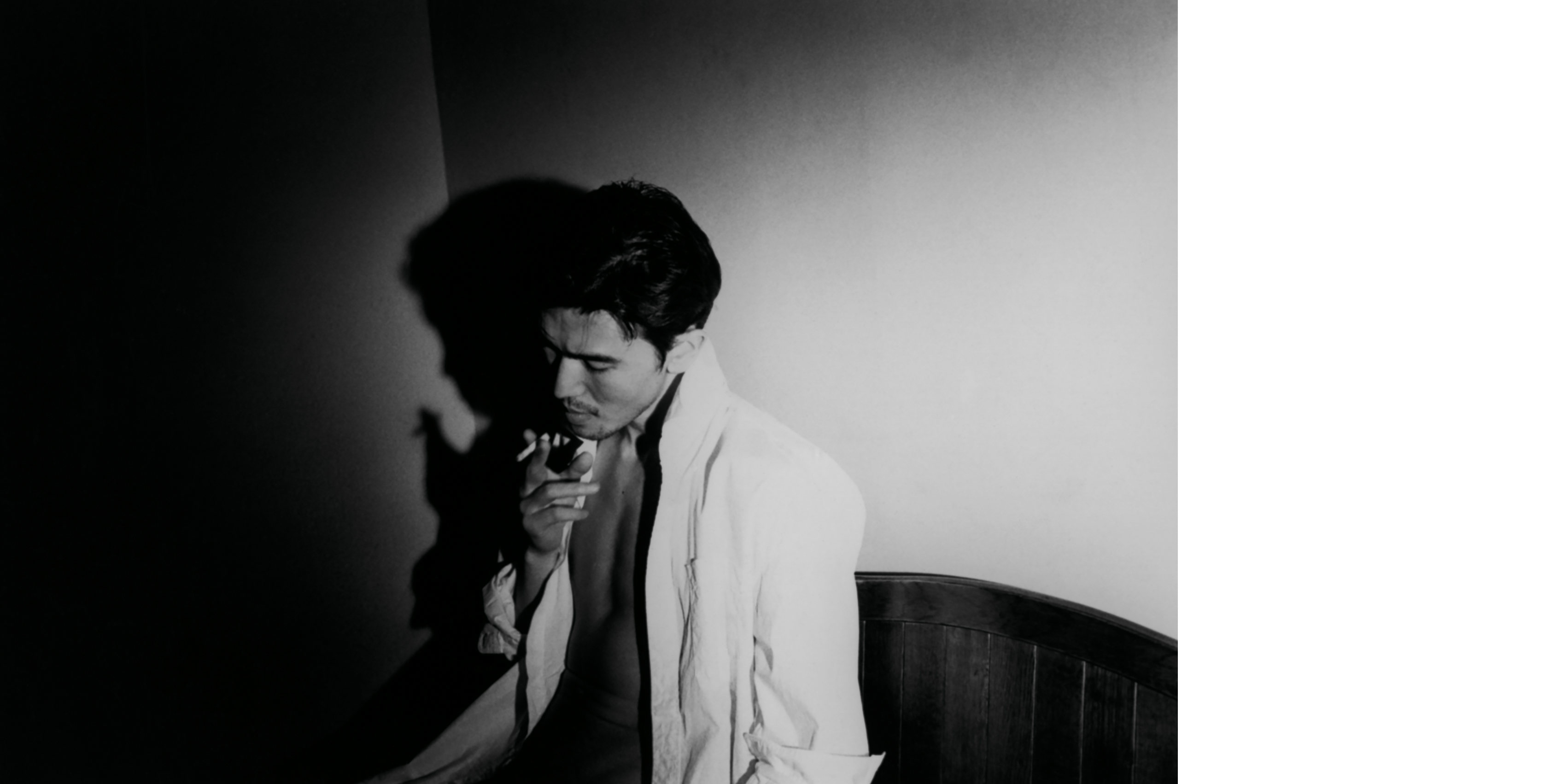 'I’m So Happy You Are Here': discover the work of Japanese women photographers
'I’m So Happy You Are Here': discover the work of Japanese women photographersSubtitled ‘Japanese Women Photographers from the 1950s to Now’, this new monograph from Aperture is a fascinating insight into a critically overlooked body of work
By Jonathan Bell Published
-
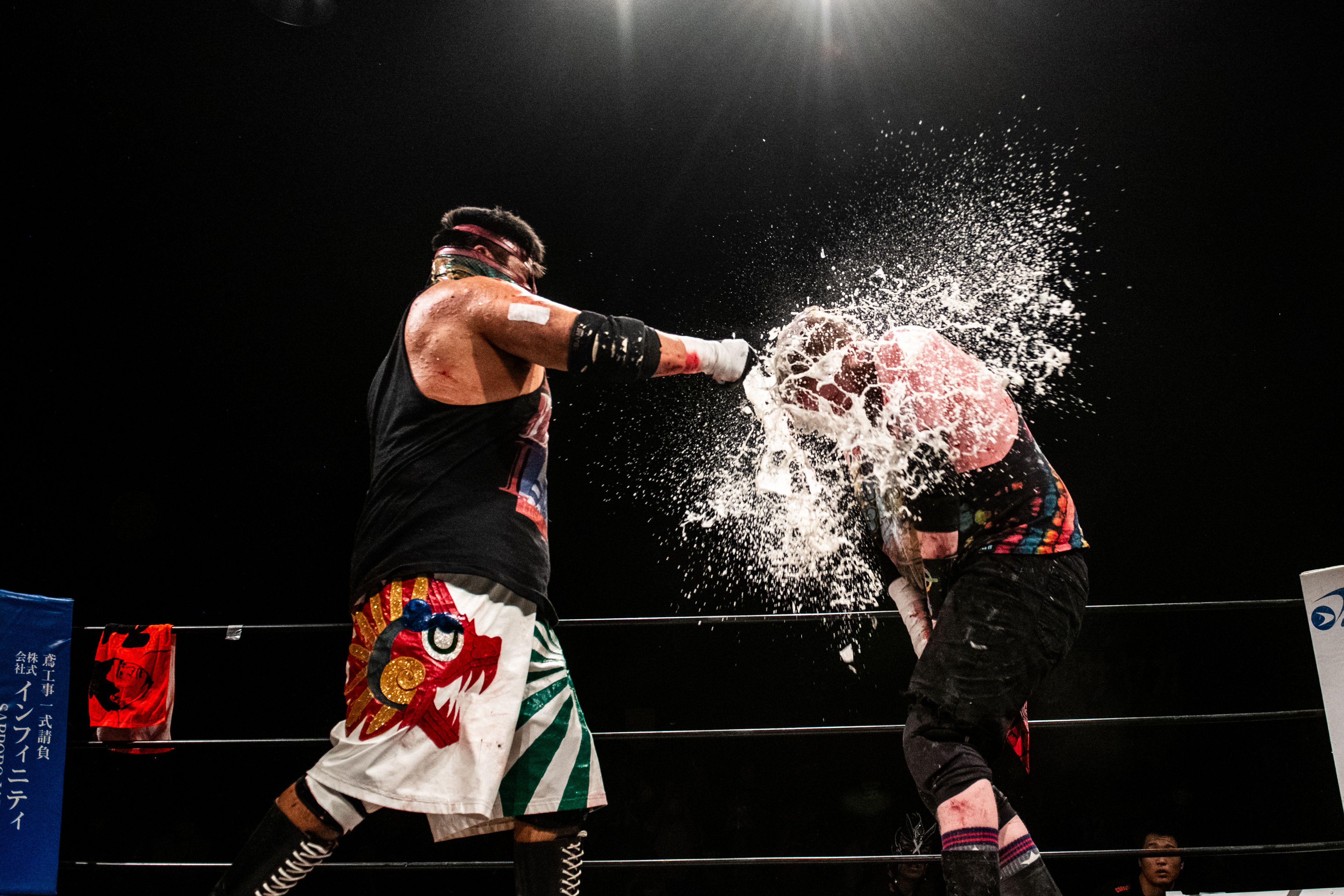 Deathmatch wrestling’s behind-the-scenes moments and bloody glory
Deathmatch wrestling’s behind-the-scenes moments and bloody gloryA new limited-edition book explores the intersection between art and deathmatch wrestling at a sold-out show held in Tokyo
By Anne Soward Published
-
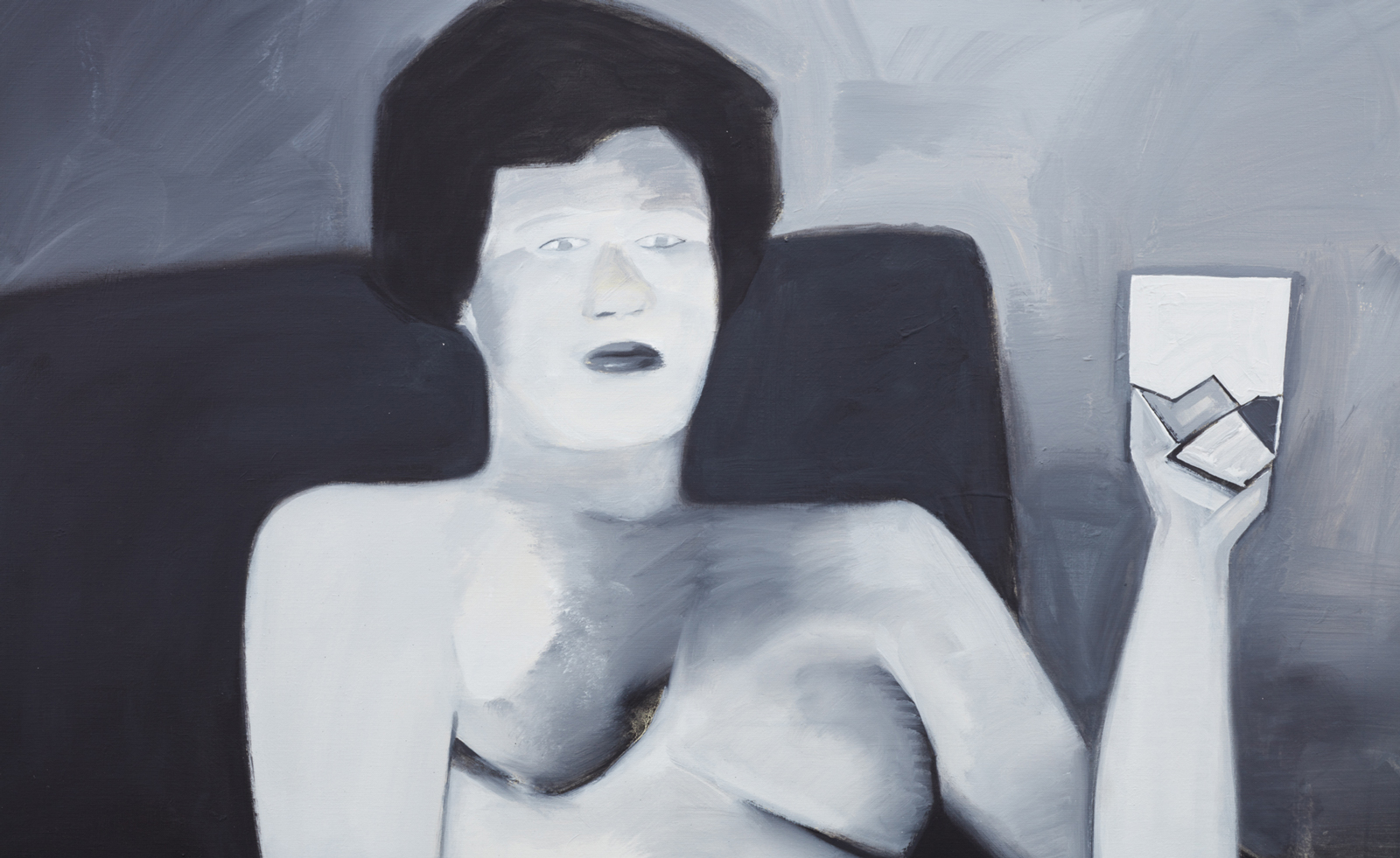 BLUM marks 30 years of Japanese contemporary art in America
BLUM marks 30 years of Japanese contemporary art in AmericaBLUM will take ‘Thirty Years: Written with a Splash of Blood’ to its New York space in September 2024, continuing its celebration of Japanese contemporary art in America
By Timothy Anscombe-Bell Published
-
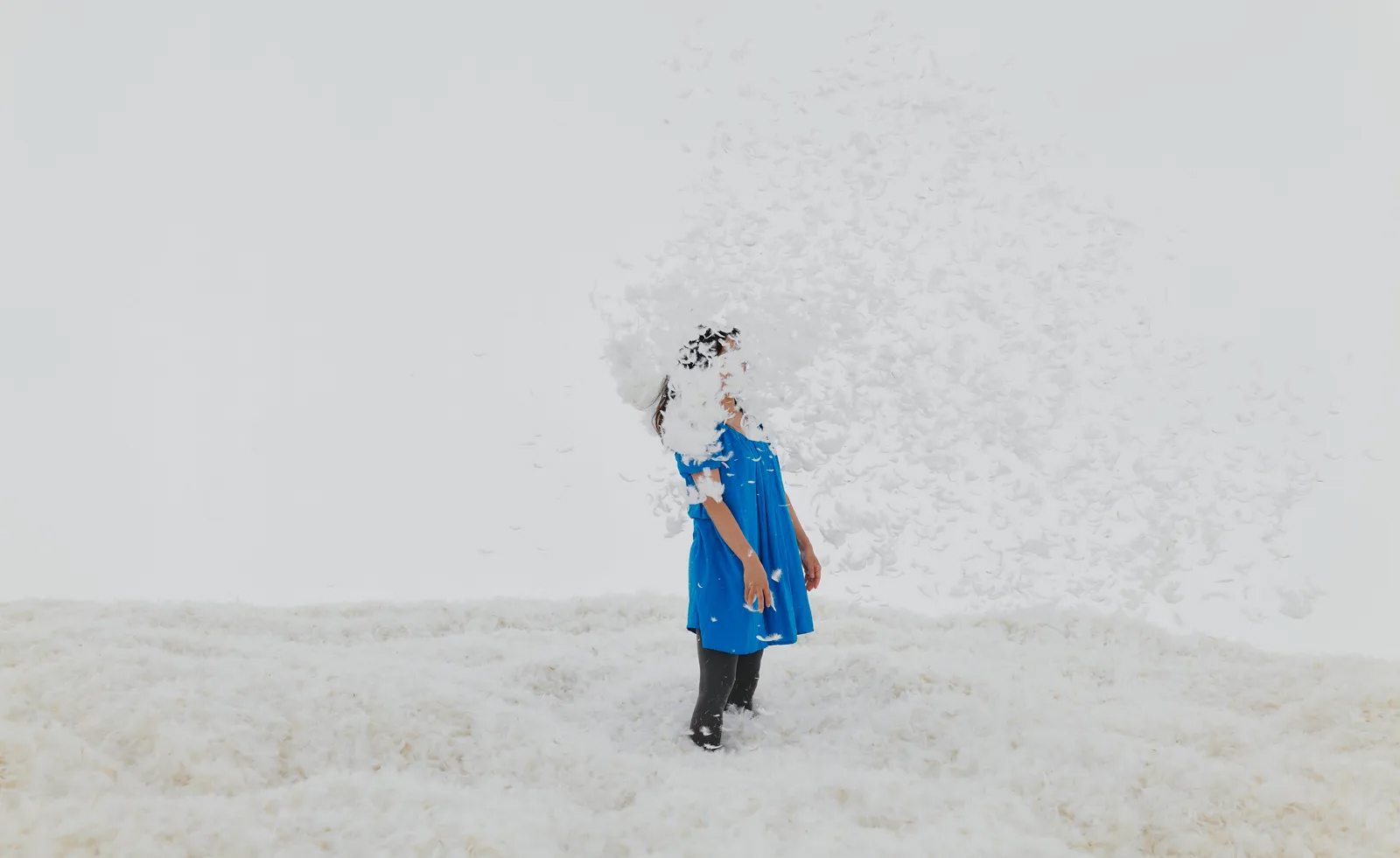 Heads up: art exhibitions to see in January 2024
Heads up: art exhibitions to see in January 2024Start the year right with the Wallpaper* pick of art exhibitions to see in January 2024
By Hannah Silver Published
-
 Olafur Eliasson inaugurates Azabudai Hills Gallery in Tokyo
Olafur Eliasson inaugurates Azabudai Hills Gallery in TokyoOlafur Eliasson marks launch of Azabudai Hills Gallery, in Tokyo’s major new district, with a show of elemental strength
By Danielle Demetriou Published
-
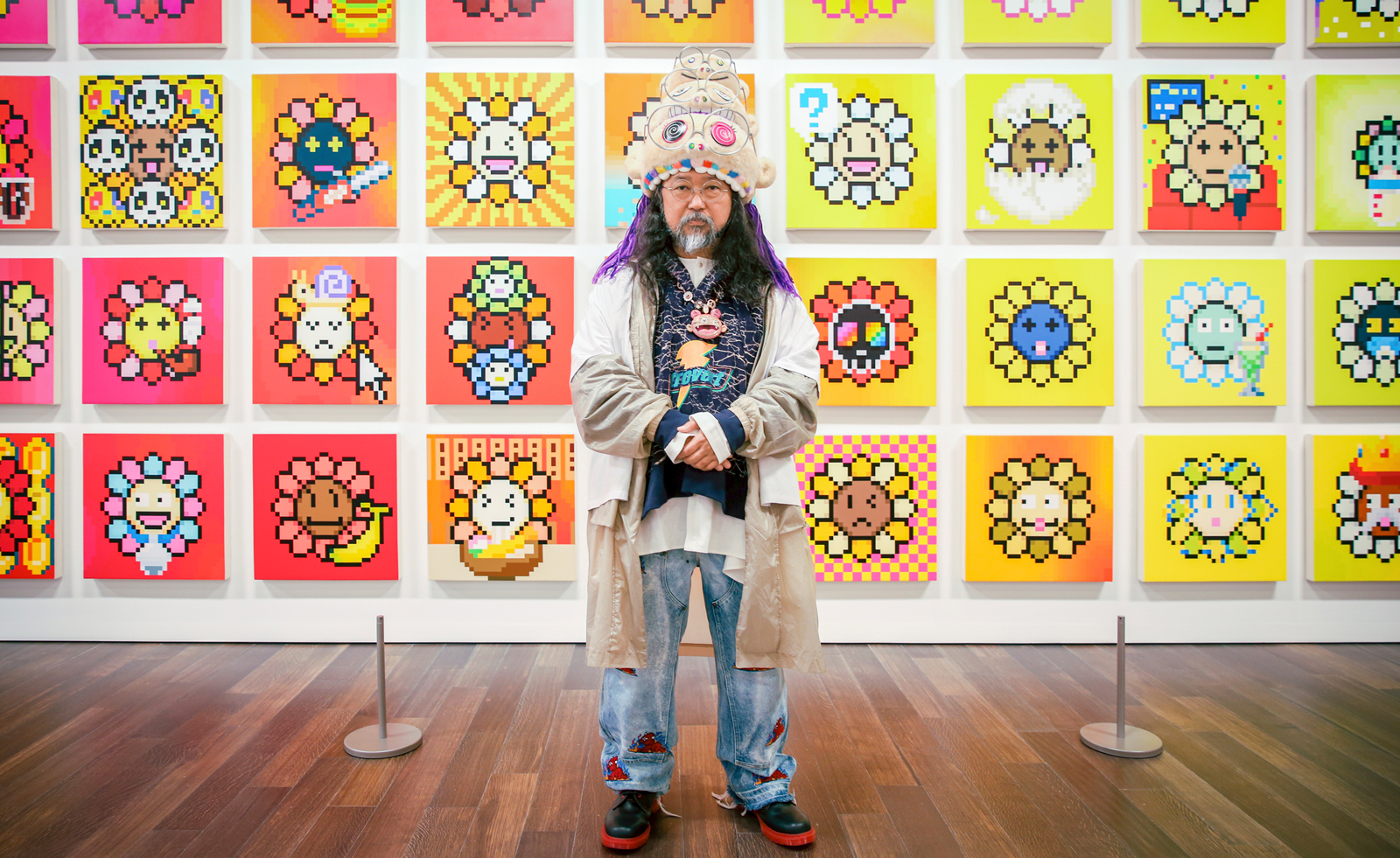 Takashi Murakami on his monsterizing San Francisco show
Takashi Murakami on his monsterizing San Francisco showTakashi Murakami tells us of pandemic-inspired creatures, eye-popping flowers, and NFTs as he explains the making of his exhibition at Asian Art Museum in San Francisco
By Pei-Ru Keh Published